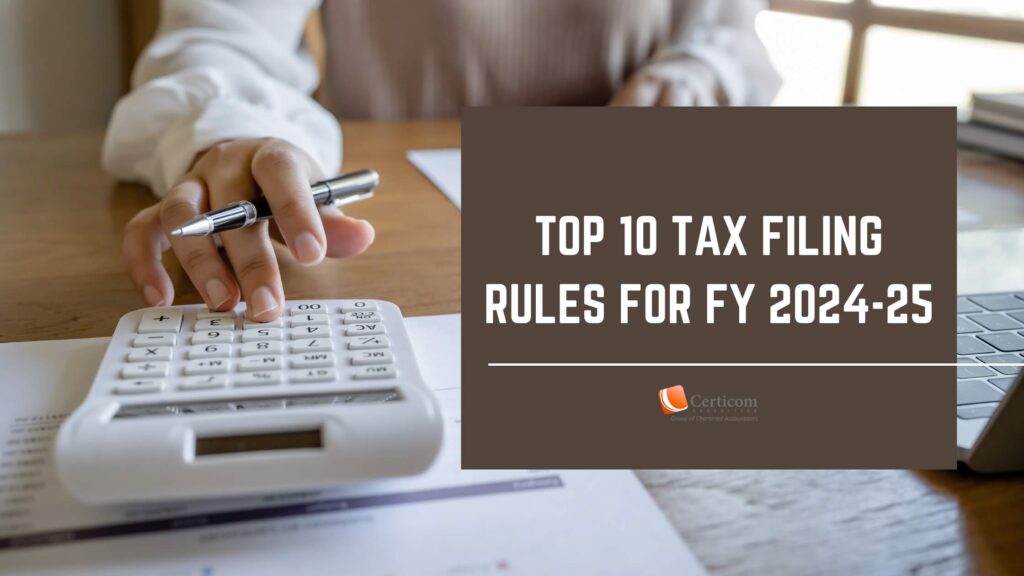CBDT Issues Revised Guidelines for Compounding Offences Under Income-tax Act

The Central Board of Direct Taxes (CBDT) has introduced revised guidelines for the compounding of offences under the Income-tax Act, 1961, effective from October 17, 2024. These new guidelines aim to simplify the process, reduce complexities, and make it easier for taxpayers to comply with the law. This is part of a broader initiative to streamline tax regulations, following the Finance Minister’s budget announcement focused on simplifying the compounding procedure.
Key Highlights of the Revised Guidelines
Simplification of Offence Categorization: The revised guidelines eliminate the categorization of offences, providing a unified framework that simplifies the overall process for compounding.
No Time Limit for Filing Applications: The previous 36-month time limit for submitting applications has been removed, offering taxpayers greater flexibility. This applies to both new and pending applications, encouraging more applicants to seek compounding.
Defect Cure Process: Taxpayers now have the opportunity to submit fresh applications after curing any defects, which was not permitted under the previous guidelines.
Extended Coverage of Compounding: The revisions now allow for compounding of offences under sections 275A (related to wrongful seizure) and 276B (failure to deposit TDS), further expanding the scope of offences that can be compounded.

Simplified Compounding for Companies and HUFs: Companies and Hindu Undivided Families (HUFs) no longer need the main accused to file the compounding application. The offences can now be compounded by either the main accused or any of the co-accused, streamlining the process for entities.
Rationalization of Charges: The revised guidelines bring down compounding charges, including a reduction in interest for late payments. In cases of TDS defaults, the multiple rates of 2%, 3%, and 5% have been standardized to a single rate of 1.5% per month.
Removal of Separate Fee for Co-accused: The guidelines have abolished the separate compounding fee that was previously applicable to co-accused, further simplifying the fee structure.
These changes are aimed at promoting ease of compliance by reducing procedural complexities and financial burdens on taxpayers. The revised guidelines offer a more streamlined approach to resolving tax offences, in line with the government’s ongoing efforts to make tax laws more taxpayer-friendly.
Related Post
Foreign Tax Credit in India: A Guide for NRIs
Top 10 Tax Filing Rules for FY 2024-25
Book A One To One Consultation Now For FREE
How can we help? *




